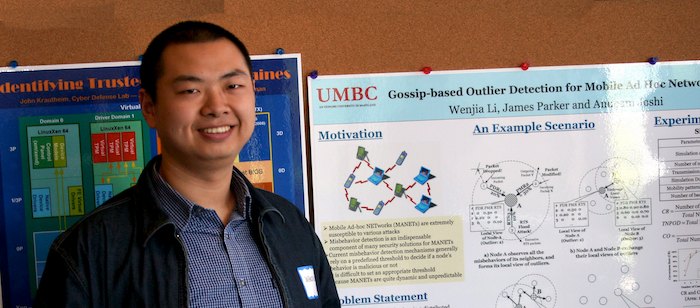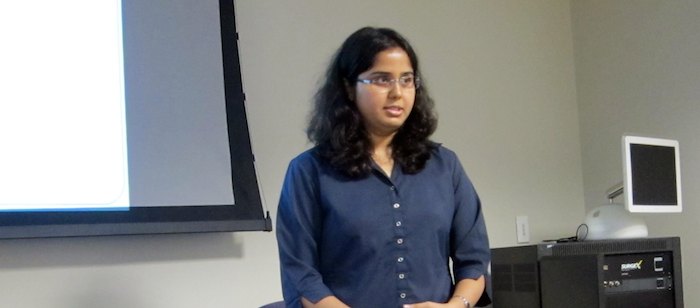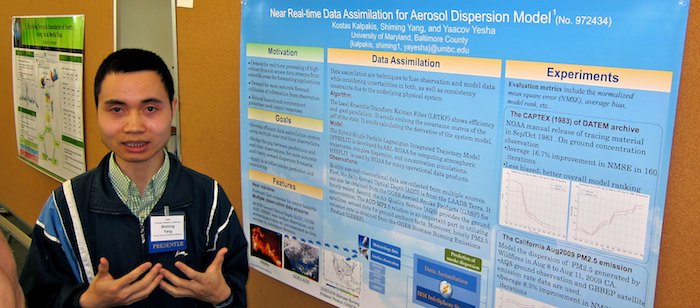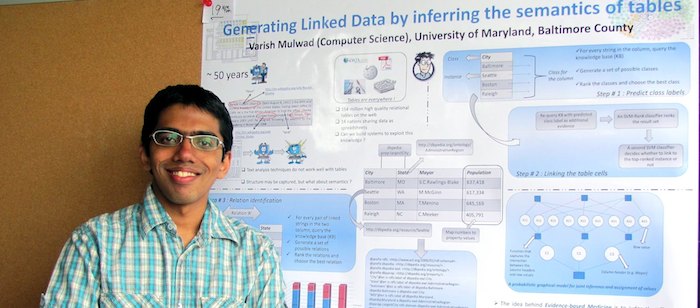
Passive House; what is it and how does it work?
Brian Uher, ECORE Living
4:00pm Wednesday 20 July 2011
MD Clean Energy Technology Incubator, UMBC South Campus
Brian Uher will discuss the engineering and design principles behind Passive House – a rigorous building performance standard that ECORE Living is deploying in the Mid-Atlantic region.
The term passive house (Passivhaus in German) refers to the rigorous, voluntary, Passivhaus standard for energy efficiency in a building. It results in very low (<80%) energy requirements for space heating or cooling. Any building can be constructed to the standard. Passive design is not an attachment or supplement to architectural design, but a design process that is integrated with architectural design. Although it is mostly applied to new buildings, it has also been used for retrofits. As of August 2010, there were approximately 25,000 such certified structures of all types in Europe, while in the United States there were only 13. ECORE Living is in negotiations with several developers in the DC and Baltimore areas for initial implementation in this region.
Brian Uher is a co-founder of ECORE Living, LLC, a subsidiary of ECORE Ventures. He has developed methods for incorporating return-on-investment with standard energy modeling and auditing techniques to quantify and extend the value of intelligently applied sustainable building techniques, including market projections and capital project analyses. Brian has spoken widely to the real estate and development communities with a focus on a market-based approach to selling green and high performance building. He is currently working on several deep retrofit projects and is developing Passive House optimization strategies for East Coast row houses that will be deployed at scale in 2011 and 2012.
Brian is a LEED accredited professional, HERS/RESNET certified, BPI analyst and envelope professional and taught the Green Remodeling course for the Washington DC chapter of National Association of the Remodeling Industry. He is also a certified Passive House Consultant (residential and commercial standards), the most rigorous performance standard available today. He holds a masters degree from the University of Pennsylvania School of Engineering and the Wharton School of Management, holds a master's of science degree in molecular biology from the University of Pennsylvania and a bachelor's degree in biology from the University of Chicago.
View Maryland Clean Energy Technology Incubator in a larger map







